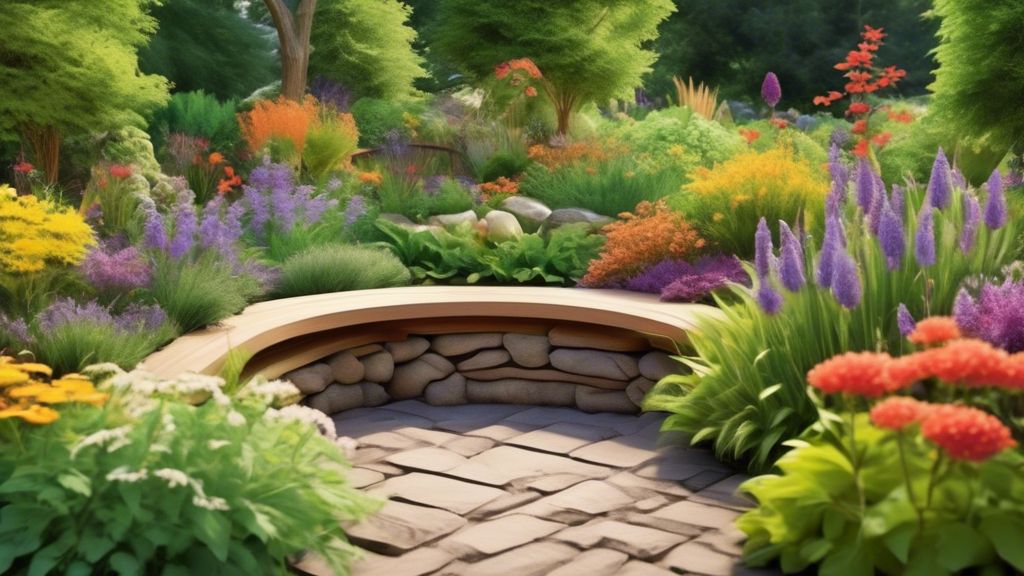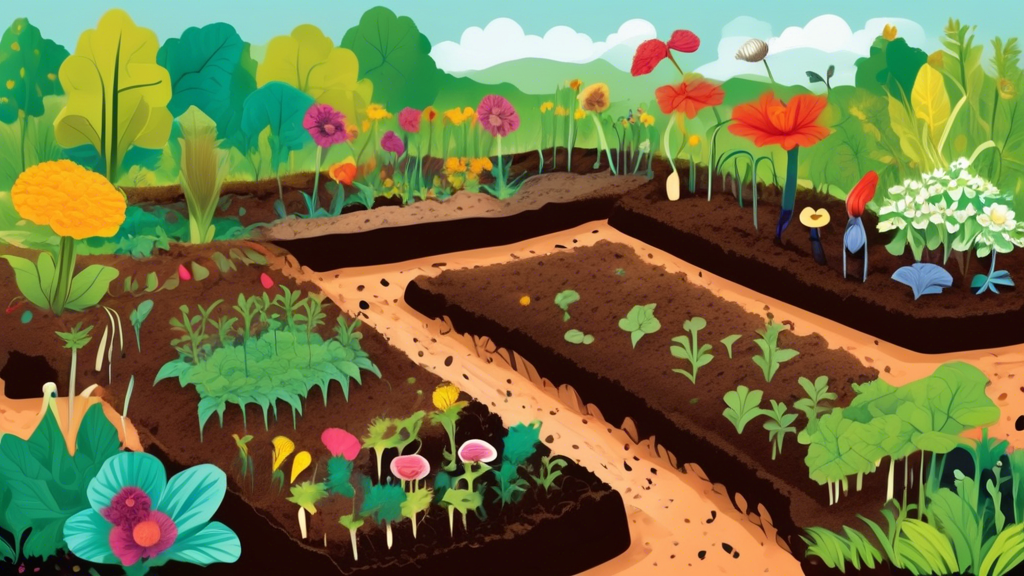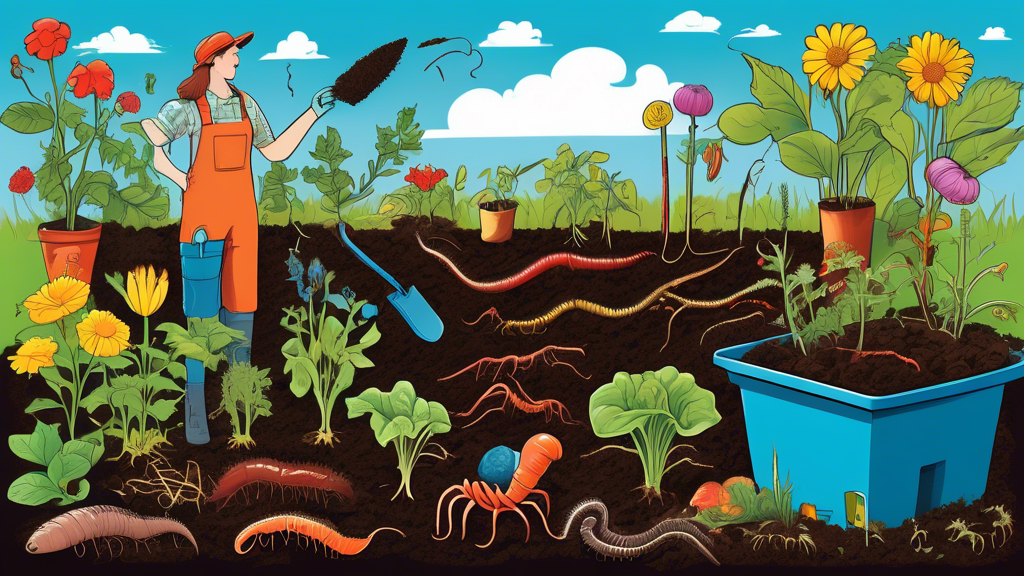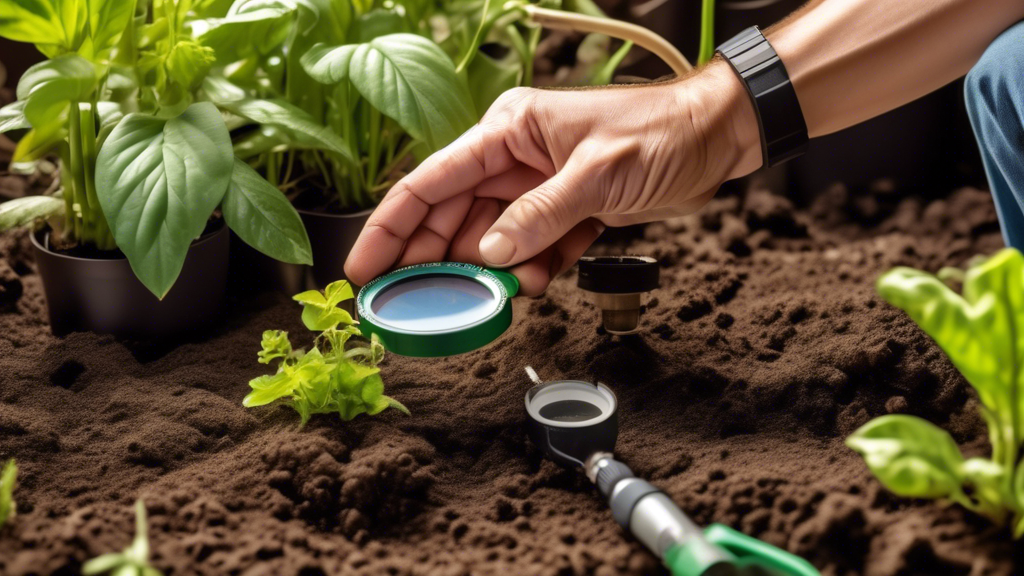
Why Your Garden is Thirstier Than It Needs to Be
Many beginner gardeners face common challenges that lead to wasted water and struggling plants. Understanding these pitfalls is the first step toward a more resilient garden.
Watering Too Often, But Not Deeply Enough
Frequent, light watering encourages plant roots to stay near the surface, making them highly vulnerable to the slightest dry spell. Deep, infrequent watering is key to building drought resilience.
Planting in Fast-Draining Soil
Sandy or compacted soil can’t retain moisture, causing water and nutrients to wash straight through before plants can access them. Amending your soil is crucial for water conservation.
Choosing the Wrong Plants for Your Climate
It’s disheartening to watch water-hungry plants like hydrangeas or certain lawn grasses constantly wilt despite your efforts. Selecting plants adapted to your local conditions solves this problem.
Losing Water to Evaporation
Watering during the heat of the day means a significant percentage of that water evaporates before it ever reaches the plant roots, wasting a precious resource.
Laying the Foundation: Your First 3 Steps to a Water-Wise Garden
Starting a drought-resistant garden doesn’t require a complete overhaul. Focus on these three foundational steps to set yourself up for success.
Step 1: Conduct a “Sun and Soil” Audit
Before you buy a single plant, spend a week observing how sunlight moves across your yard. Note areas of full sun (6+ hours), part sun/shade, and full shade. For soil, try the simple jar test:
- Fill a clear jar one-third with soil from your garden.
- Add water until the jar is two-thirds full, add a pinch of dish soap, shake vigorously, and let it settle for 24 hours.
- The layers will show the proportions of sand, silt, and clay, helping you understand your soil’s water-holding capacity.
Step 2: Start Small and Choose Your Battleground
Don’t feel pressured to transform your entire yard at once. Begin with a single, manageable bed, a strip along a walkway, or even a container garden. This allows you to learn, experiment, and build confidence without becoming overwhelmed.
Step 3: The Magic of Mulch (Your #1 Water-Saving Tool)
A 2-3 inch layer of mulch is one of the most effective things you can do. It suppresses weed competition and dramatically reduces soil moisture evaporation. Here’s a quick comparison:
| Mulch Type | Best For | Notes |
|---|---|---|
| Shredded Bark / Wood Chips | Ornamental Beds, Trees, Shrubs | Breaks down slowly, improves soil as it decomposes. |
| Gravel / Stone | Succulents, Mediterranean Herbs, Pathways | Permanent, reflects heat, excellent drainage. |
| Straw | Vegetable Gardens | Inexpensive, light, but may contain weed seeds. |
Choosing Your Drought-Resistant All-Stars
The right plant choices are the heart of a water-wise garden. You’ll be surprised by the beauty and variety available.
Native Plants are Your Best Friend
Plants native to your region have spent millennia adapting to your local climate, soil, and rainfall patterns. They are the most low-maintenance and ecologically beneficial choices.
- Southwest: Agave, Penstemon, Desert Marigold
- California: California Poppy, Cleveland Sage, Manzanita
- Midwest/Plains: Purple Coneflower, Blazing Star, Little Bluestem grass
- Southeast: Beautyberry, Coral Honeysuckle, Muhly Grass
Beyond Cacti: The Surprising Variety of Drought-Tolerant Plants
Drought-resistant gardening is not just about rocks and cacti. Many stunning perennials and shrubs thrive with minimal water once established.
- Perennials: Lavender, Russian Sage, Sedum (‘Autumn Joy’), Yarrow, Coreopsis
- Shrubs: Butterfly Bush, Juniper, Rock Rose (Cistus)
- Ornamental Grasses: Fountain Grass, Blue Fescue, Mexican Feather Grass
Herbs: The Easiest Drought-Resistant Garden for Beginners
Your kitchen garden can be your first success story. Many common culinary herbs originate from the dry, rocky hills of the Mediterranean and are naturally adapted to thrive with little water.
- Rosemary
- Thyme
- Oregano
- Lavender
- Sage
Watering Wisely: It’s Not Just About How Much, But When and How
Efficient watering is a skill that conserves water and builds stronger plants.
The Deep Soak vs. The Daily Sprinkle
This is the most critical watering concept to master. A deep soak encourages roots to grow downward, creating a plant that is self-sufficient and can access deeper soil moisture. A daily sprinkle keeps roots lazy and shallow, dooming the plant to constant dependency.
The Best Time of Day to Water Your Plants
Always aim to water in the early morning. Temperatures are cooler, and winds are usually calmer, which means far less water is lost to evaporation. It also allows plant leaves to dry during the day, preventing fungal diseases that can occur with evening watering.
Something You Might Not Know: Harness “Hydro-Zoning”
This advanced, yet simple, planning technique can revolutionize your garden’s water efficiency.
What is Hydro-Zoning?
Hydro-zoning is the practice of grouping plants together based on their water needs. Instead of scattering thirsty plants throughout your garden, you create specific “zones.”
Why It’s a Game-Changer
Imagine you have a thirsty hydrangea planted next to a rugged lavender plant. To keep the hydrangea happy, you must over-water the lavender, which can cause it to rot. By hydro-zoning, you place all your low-water plants in one bed on a separate irrigation schedule (or no schedule at all once established) from your “moderate water” zone. This eliminates water waste and ensures every plant gets exactly what it needs.
Drought-Resistant Gardening FAQ
Here are answers to some of the most common questions from beginners.
Can I have a lawn with drought-resistant gardening?
Yes, but it’s about rethinking the traditional lawn. Consider reducing its size, replacing it with a groundcover like clover or creeping thyme, or planting a drought-tolerant turf grass mix suitable for your region, such as Buffalo Grass or a Fine Fescue blend.
Do drought-resistant plants need fertilizer?
They generally need very little. In fact, over-fertilizing, especially with high-nitrogen fertilizers, can promote rapid, weak growth that demands more water. If you do fertilize, use a slow-release, low-nitrogen, or organic option like compost.
How long until my drought-resistant garden is established?
Even the most drought-tolerant plants need consistent watering for their first full growing season (and sometimes into the second) to develop a deep, extensive root system. This initial “establishment period” is an investment. After that, they will require significantly less water, sometimes none beyond natural rainfall.
Is it expensive to start a drought-resistant garden?
There can be upfront costs for soil amendments, mulch, and some specialty plants. However, this should be viewed as a long-term investment. You will save substantial money on your water bills over time, and you’ll spend less on replacing plants that succumb to drought.






